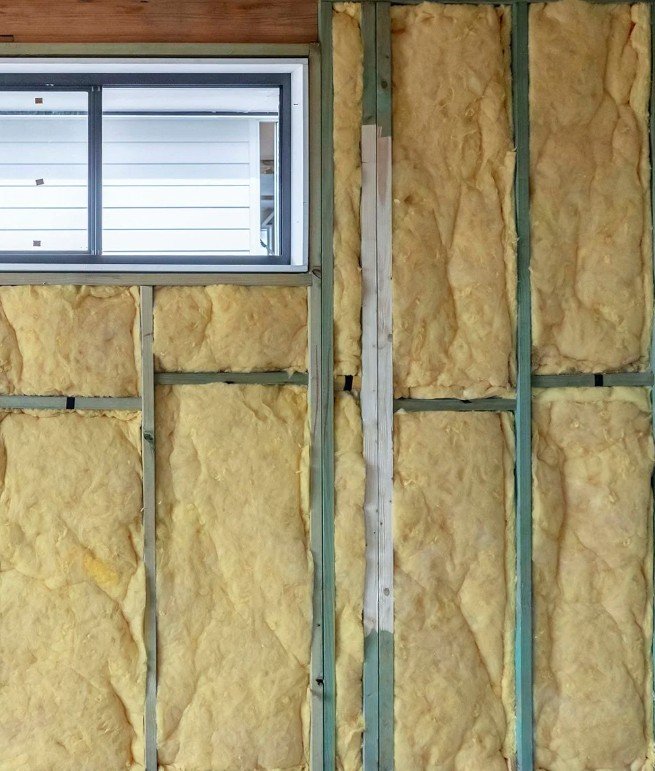Home Insulation That Cuts Your Energy Bills Fast
Home Insulation Ideas to Keep You Cozy Year-Round
Basic Information
As energy prices continue to rise and environmental concerns become more pressing, homeowners are increasingly seeking practical ways to reduce household energy consumption. One of the most effective—and often overlooked—solutions is home insulation. When properly installed, insulation acts as a thermal barrier, stabilizing indoor temperatures and minimizing the need for excessive heating or cooling.
By understanding how insulation works and the options available, homeowners can make informed decisions that deliver significant savings on energy bills while enhancing overall comfort.
Why Insulation Matters
Homes lose a surprising amount of heat through walls, roofs, floors, and windows. Without adequate insulation, temperature-controlled air escapes easily, forcing heating and cooling systems to work harder. This leads to higher energy consumption and, subsequently, elevated utility bills.
Insulation serves as a passive energy-saving measure. It doesn't require ongoing maintenance or energy input but continues to contribute to efficiency year after year. It's a long-term investment with immediate benefits.
Types of Home Insulation
Choosing the right insulation depends on the area of the house, climate conditions, and the desired energy performance. Here's a breakdown of key insulation types:
- Wall Insulation
Cavity wall insulation involves filling the gap between exterior and interior walls with insulating material. This is particularly effective in homes built after the 1920s when double-brick constructions became common.
Solid wall insulation—used in older homes without cavity walls—can be applied internally or externally. Though more expensive, it offers considerable energy savings.
- Roof and Attic Insulation
Since hot air rises, the roof is a critical area for heat loss. Blanket insulation, spray foam, and loose-fill options can be used to line the attic space, preventing heat from escaping during winter and keeping the home cooler in summer.
- Underfloor Insulation
Floors, especially in older properties with suspended timber structures, are a common source of energy inefficiency. Underfloor insulation helps reduce draughts and maintain consistent indoor temperatures. Materials like rigid foam boards or natural fiber rolls can be installed beneath floorboards, creating a thermal seal without compromising airflow or ventilation.
- Door and Window Seals
Though not technically insulation in the traditional sense, sealing gaps around doors and windows can significantly reduce heat loss. Weather stripping, caulk, and draught excluders are low-cost solutions that complement other insulation efforts.
How Insulation Saves Energy and Cuts Bills
The energy-saving potential of home insulation lies in its ability to reduce the workload on heating, ventilation, and air conditioning (HVAC) systems. By maintaining a stable indoor temperature, appliances operate less frequently, consuming less energy.
According to studies, properly insulated homes can reduce heating and cooling costs by up to 30%. In colder regions, this percentage can be even higher, making insulation a valuable strategy for cost reduction.
Moreover, insulation contributes to a more even distribution of temperature throughout the home, eliminating cold spots and improving overall comfort.
Sustainable Benefits Beyond Savings
Insulating a home not only reduces expenses but also contributes to environmental sustainability. Lower energy use translates to reduced greenhouse gas emissions and a smaller carbon footprint. This makes insulation a critical component of green building practices and eco-conscious living.
Additionally, certain insulation materials—such as cellulose, sheep's wool, and recycled denim—are environmentally friendly, biodegradable, and free from harmful chemicals. These options provide excellent thermal performance while aligning with sustainable building goals.
Frequently Asked Questions (FAQ)
Q1: How long does home insulation last?
Most types of insulation, especially mineral wool and foam-based products, can last for decades—often up to 80 years—if installed correctly and protected from moisture.
Q2: Is underfloor insulation worth it in warmer climates?
Yes. Even in warmer regions, underfloor insulation helps prevent cool air from escaping during the summer and can improve indoor comfort by stabilizing temperature fluctuations.
Q3: Can insulation be installed in existing homes, or is it only for new builds?
Insulation can absolutely be retrofitted into existing properties. Techniques like blown-in attic insulation, cavity wall filling, and suspended floor retrofitting are commonly used in renovation projects.
Q4: Are there government incentives for home insulation?
Many regions offer rebates, tax credits, or grants for energy-efficient upgrades. Homeowners are encouraged to check with local energy agencies or government websites for available programs.
Q5: Does home insulation help with soundproofing?
Yes, in addition to thermal benefits, insulation—especially in walls and floors—can reduce noise transmission between rooms and from outside sources.
Conclusion
Investing in home insulation is one of the most impactful steps a homeowner can take to cut energy costs quickly and sustainably. With options ranging from attic and wall insulation to underfloor insulation, there's a solution for every property type and climate. Beyond cost savings, insulation enhances comfort, supports environmental goals, and adds long-term value to the home. As energy efficiency becomes a growing priority, insulation stands out as a smart, responsible, and effective solution.


